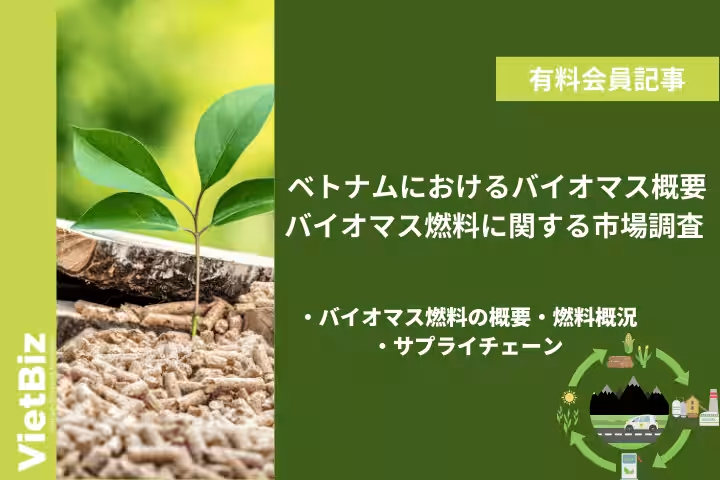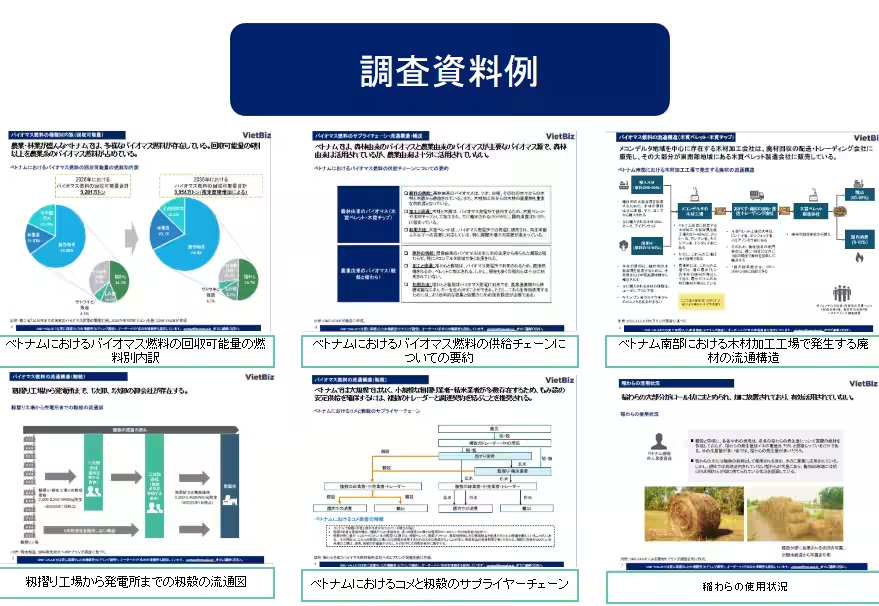

In-Depth Market Report on Biomass Energy in Vietnam
Analysis of Biomass Energy Market in Vietnam
The biomass energy sector in Vietnam has been expanding in regions rich in agriculture and forestry. With biomass fuel gaining prominence, it plays a crucial role in the nation’s energy landscape. This report delves into the biomass fuel market, outlining trends, recoverable quantities, and power generation uses, while addressing future growth opportunities and challenges.
Current State of Biomass Market in Vietnam
Vietnam is prioritizing biomass fuel as a significant option for renewable energy. Biomass fuel can be categorized into three main types: forestry-based, agriculture-based, and others. These classifications find applications in power generation and thermal energy uses. The government actively promotes the expansion of biomass power generation, setting ambitious equipment capacity goals of 2,609 to 3,506 MW by 2030, and 6,062 to 6,364 MW by 2050. This initiative is vital for utilizing agricultural waste and forestry byproducts, with an increasing number of biomass power plants being established. Regions like the Mekong Delta are particularly rich in biomass resources and are developing multiple power generation projects.
Supply Chain and Challenges of Biomass Fuel
The supply chain for biomass fuel in Vietnam centers around forestry and agricultural resources. Key fuels include wood pellets, wood chips, rice husks, and straw, characterized by a complex and multilayered supply structure. Wood pellets are primarily produced in the south, with quantities divided between domestic consumption and export, heavily favoring exports. The distribution of rice husks also follows a structured flow through primary and secondary wholesalers, although the prevalence of small-scale businesses presents challenges for stable supply. Further government support is anticipated to improve domestic distribution efficiency and expand power generation uses.
Utilization of Local Statistics and Data
This report leverages statistical data from Vietnamese government agencies, local media, and enterprises to analyze the current state and future prospects of the biomass fuel market. It focuses on the government’s renewable energy policies and incentives for biomass power, assembling information on domestic power generation projects and investment trends. The use of agricultural and forestry waste and the challenges within the supply chain are also examined. Overall, Vietnam's biomass market continues to grow, influenced by policies aimed at achieving carbon neutrality by 2050.
Report Contents
1. Overview of Biomass Fuel in Vietnam
- Definition and estimated quantities of biomass fuel
- Classification table of key biomass fuels in Vietnam
- Government targets for biomass fuel production
- Trends in biomass power generation capacity in Vietnam
2. Analysis of Biomass Fuel Situation
- Forecast of total biomass fuel amounts
- Projections of power generation quantities based on total biomass fuel
- Breakdown of recoverable biomass fuel quantities by fuel type
- Potential equipment capacities for biomass generation projects by province
- Distribution map of various types of biomass fuel
- Current status of biomass power plants in the Mekong Delta region
3. Supply Chain of Biomass Fuel
- Structure of the biomass fuel supply chain and transportation
- Distribution structure of wood pellets and wood chips
- Sources and distribution processes for biomass power in Vietnam
- Distribution structure of rice husks as biomass fuel
- Utilization of rice husks and the state of Vietnam’s rice distribution system
- Current challenges in straw utilization, highlighting underutilized resources
Conclusion
In conclusion, Vietnam shows a robust growth trajectory in the biomass market, with future policies centered on carbon neutrality expected to guide market dynamics significantly. This comprehensive report will be invaluable for stakeholders interested in exploring opportunities within this promising sector. Continuous engagement with the government and support for sustainable practices will be key to unlocking the full potential of Vietnam's biomass resources.



Topics Energy)










【About Using Articles】
You can freely use the title and article content by linking to the page where the article is posted.
※ Images cannot be used.
【About Links】
Links are free to use.